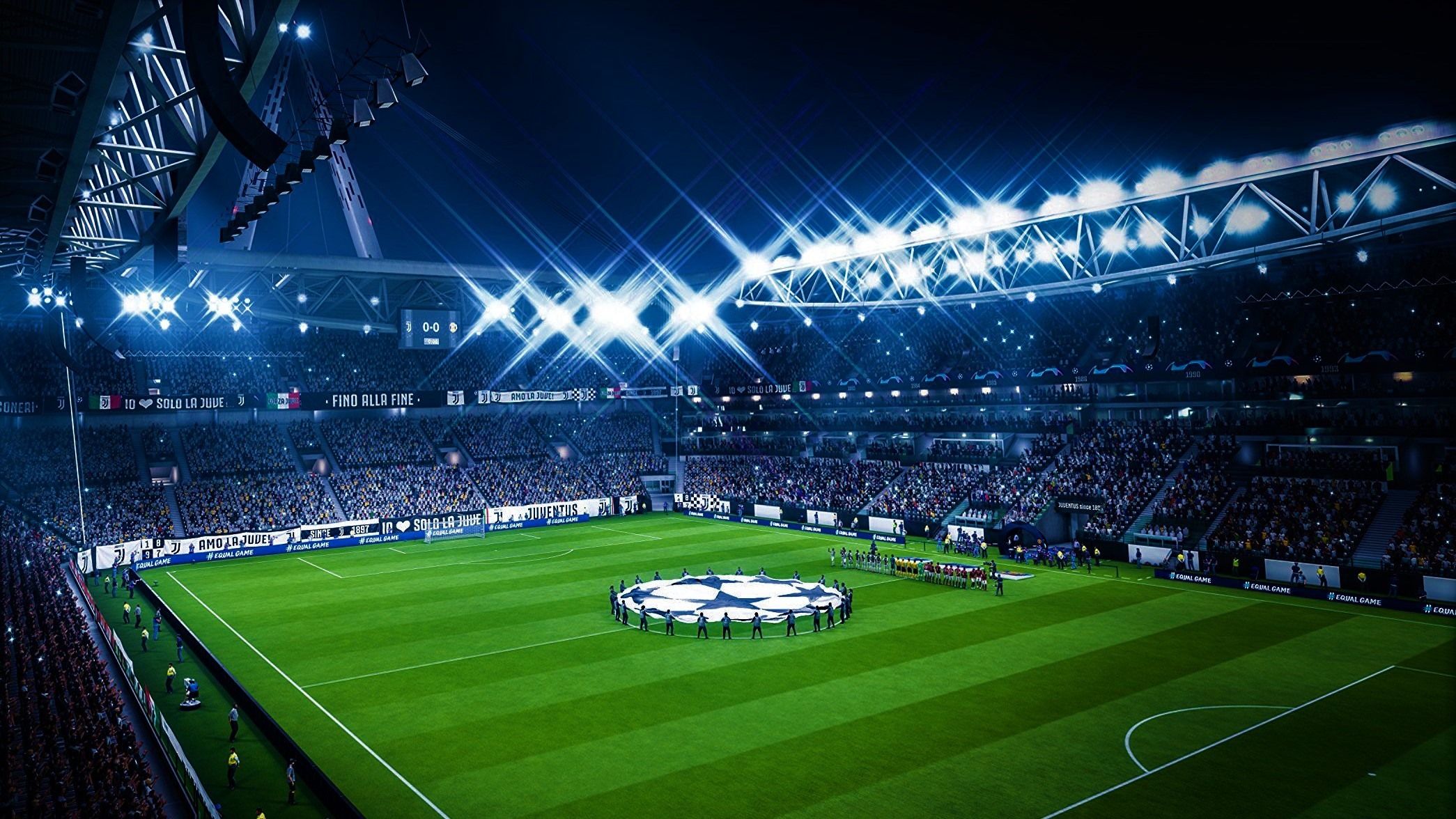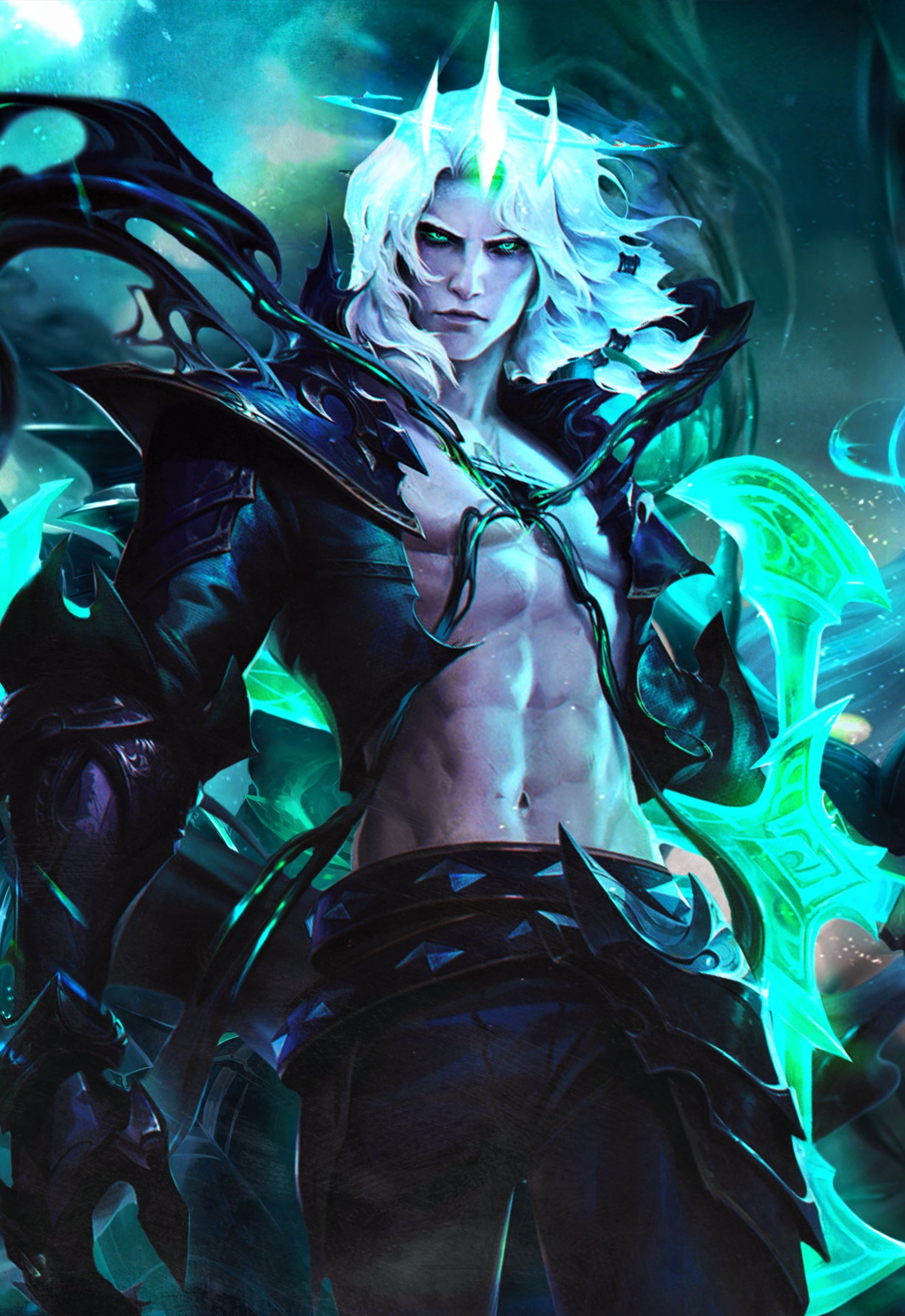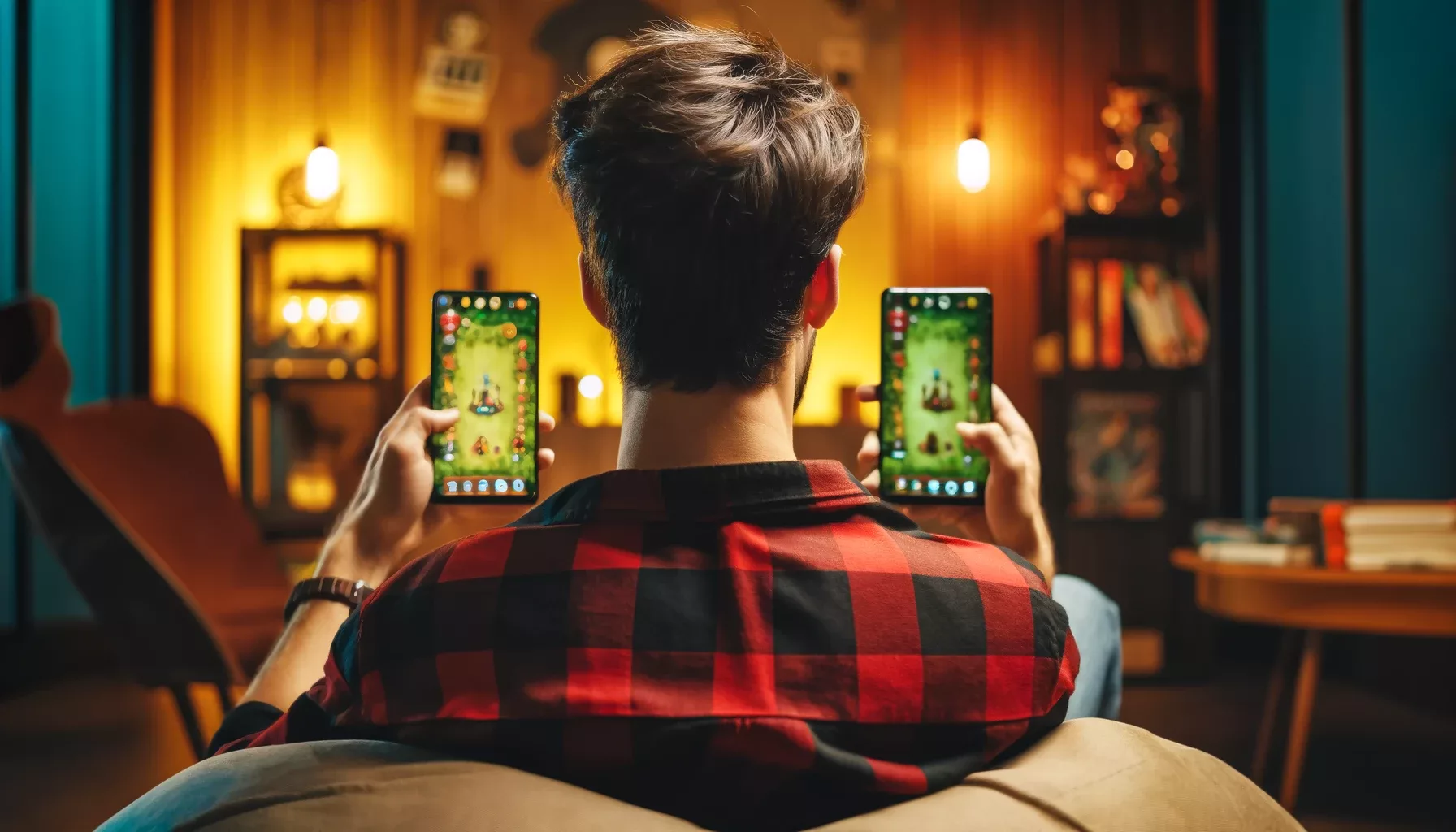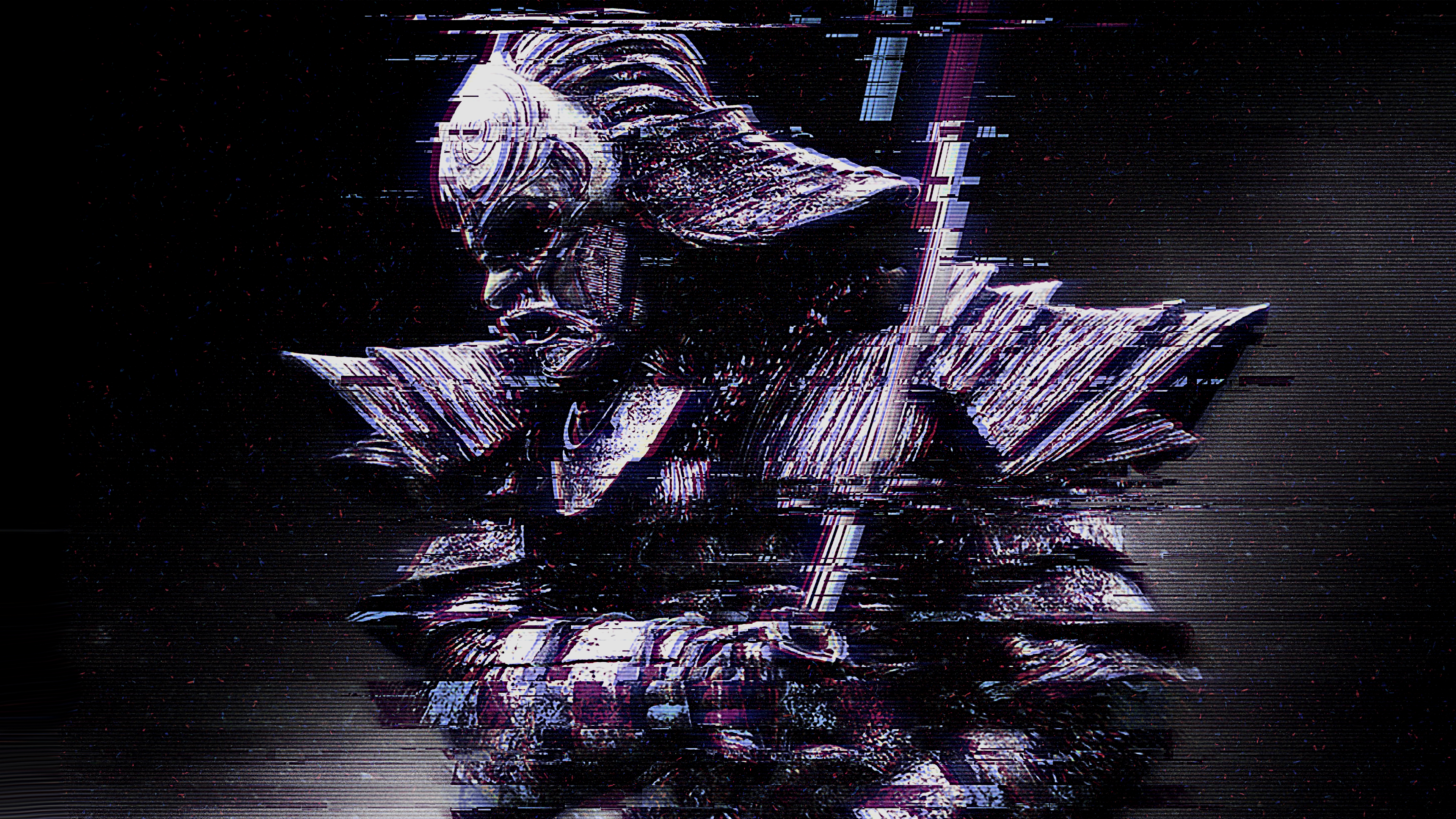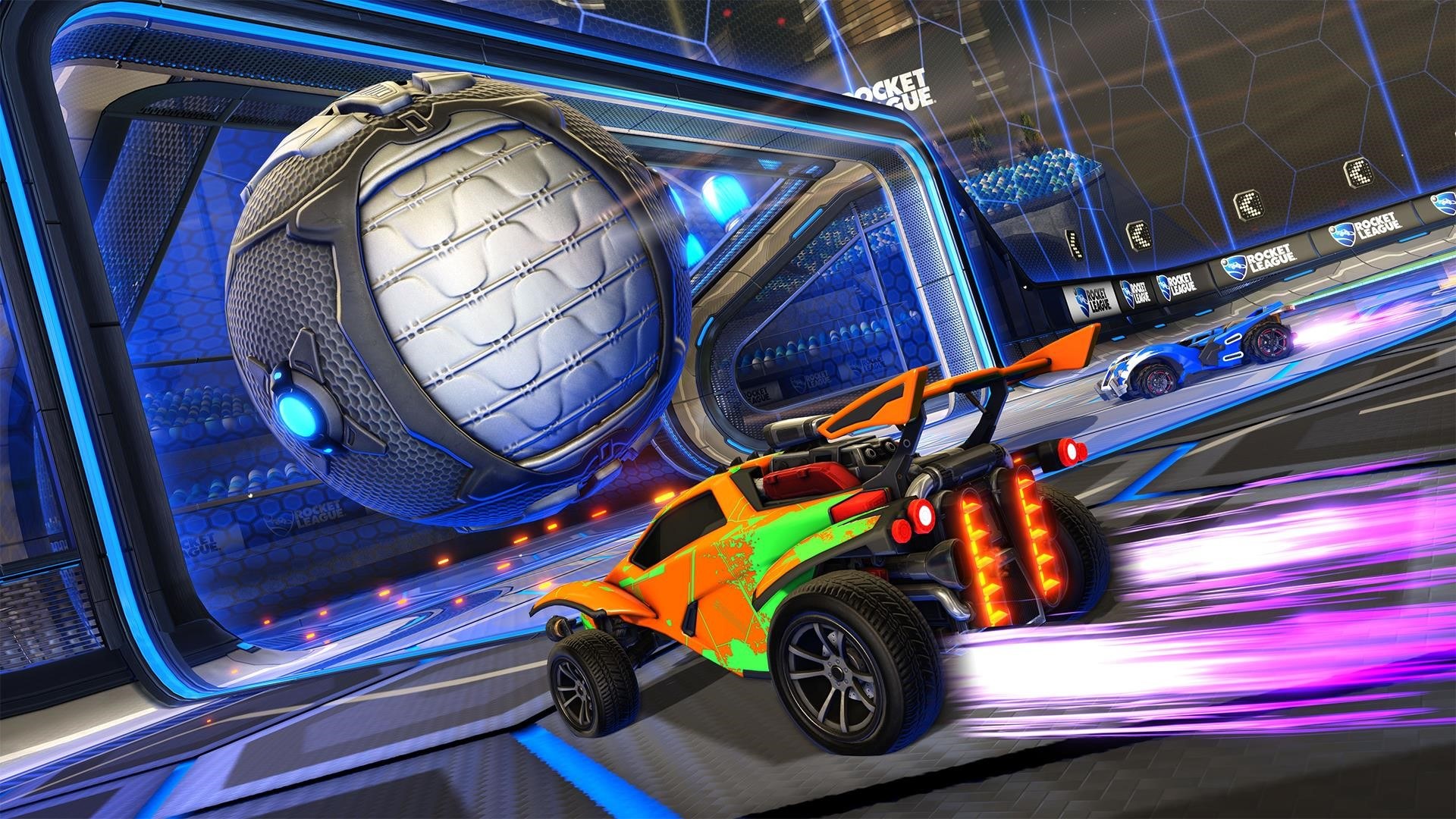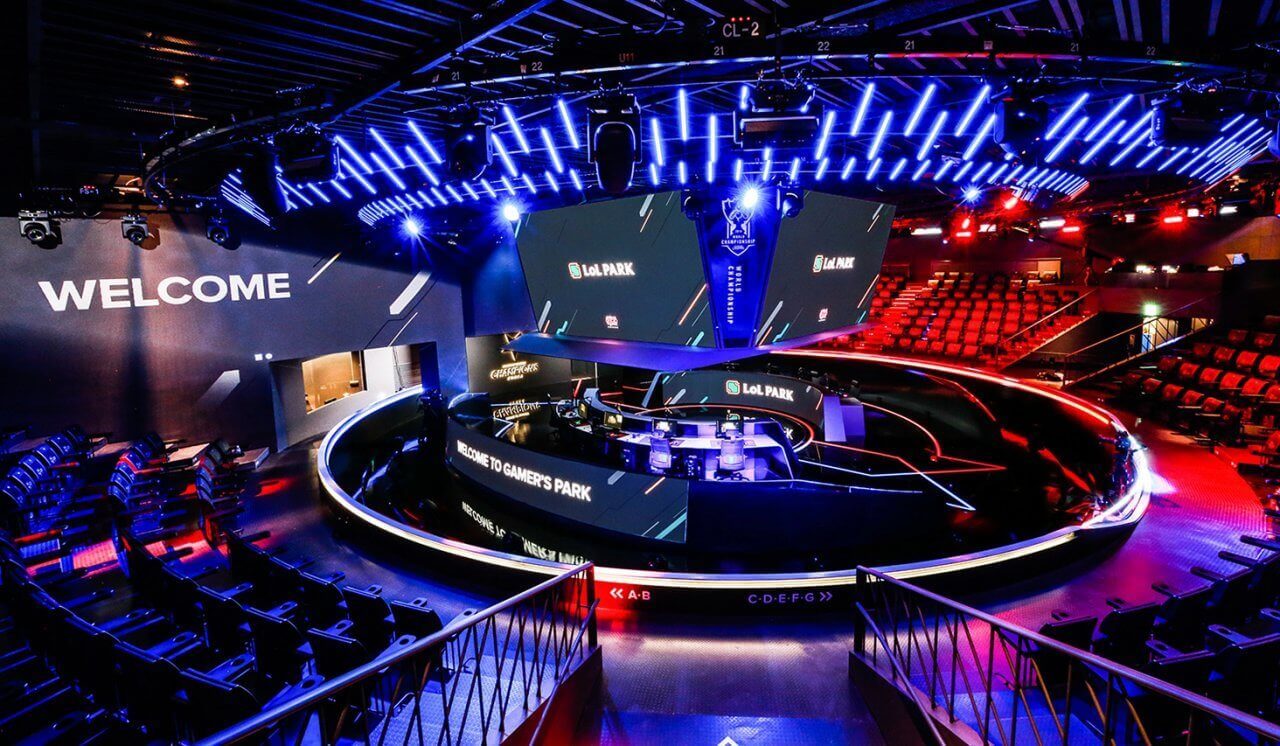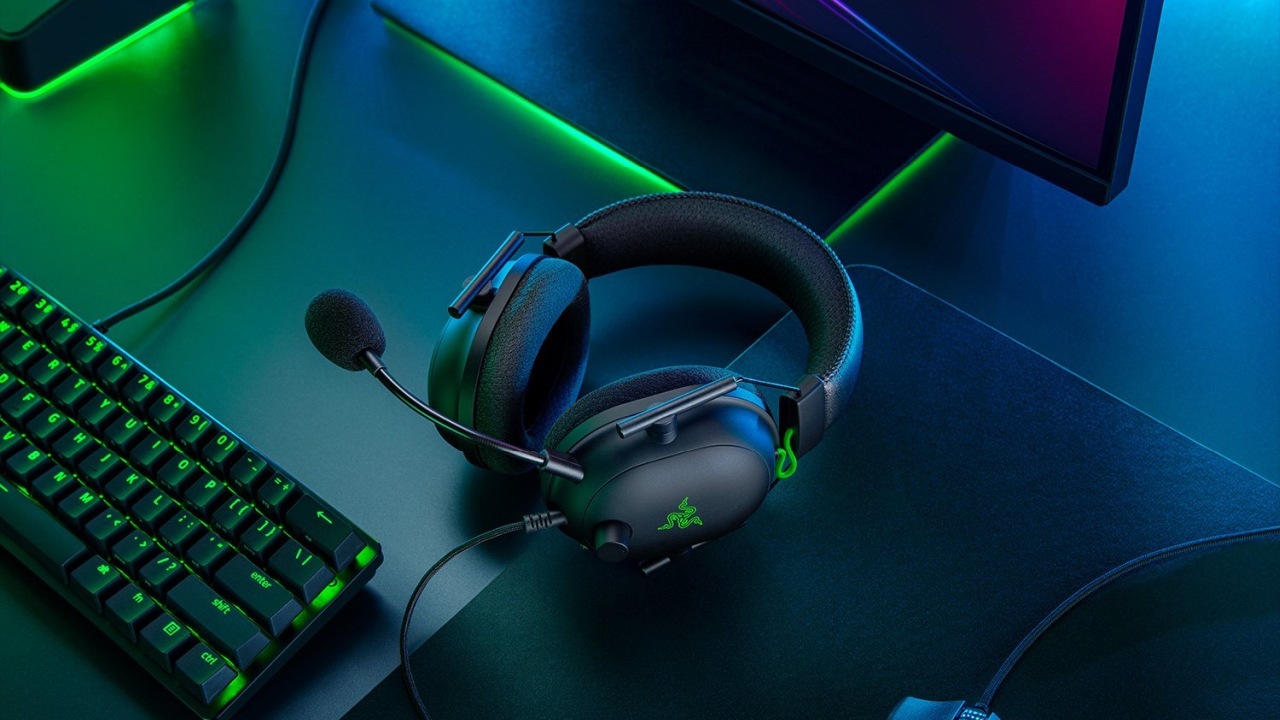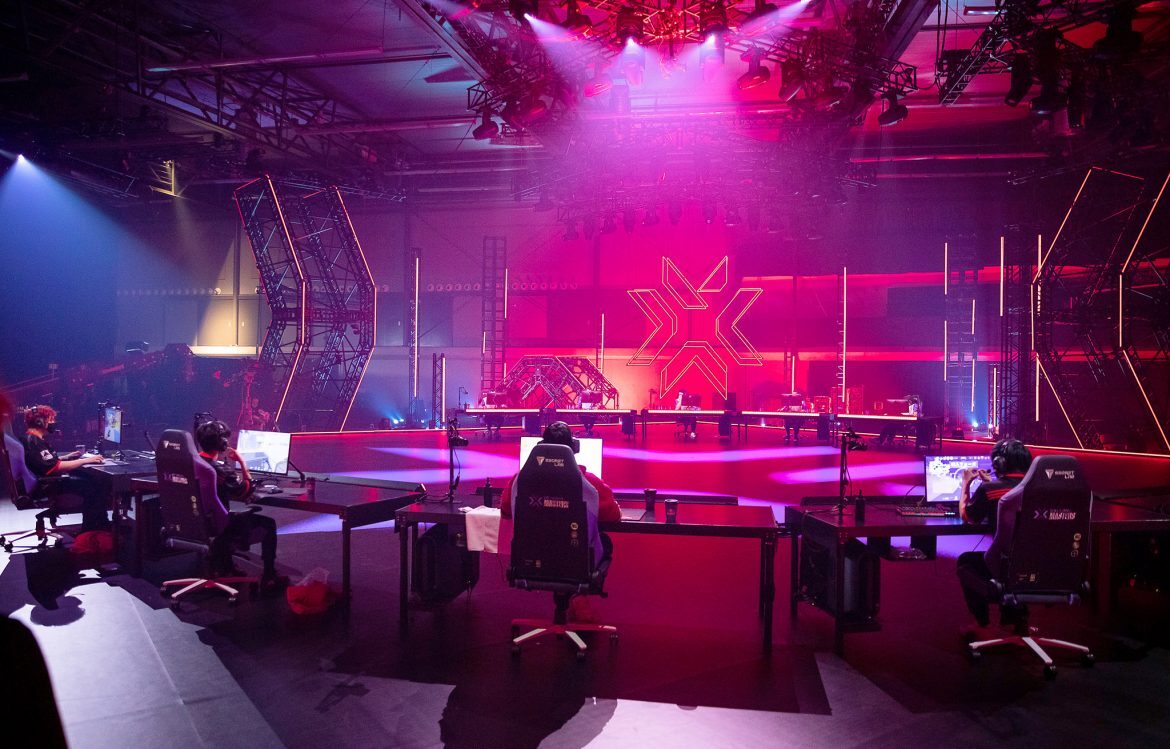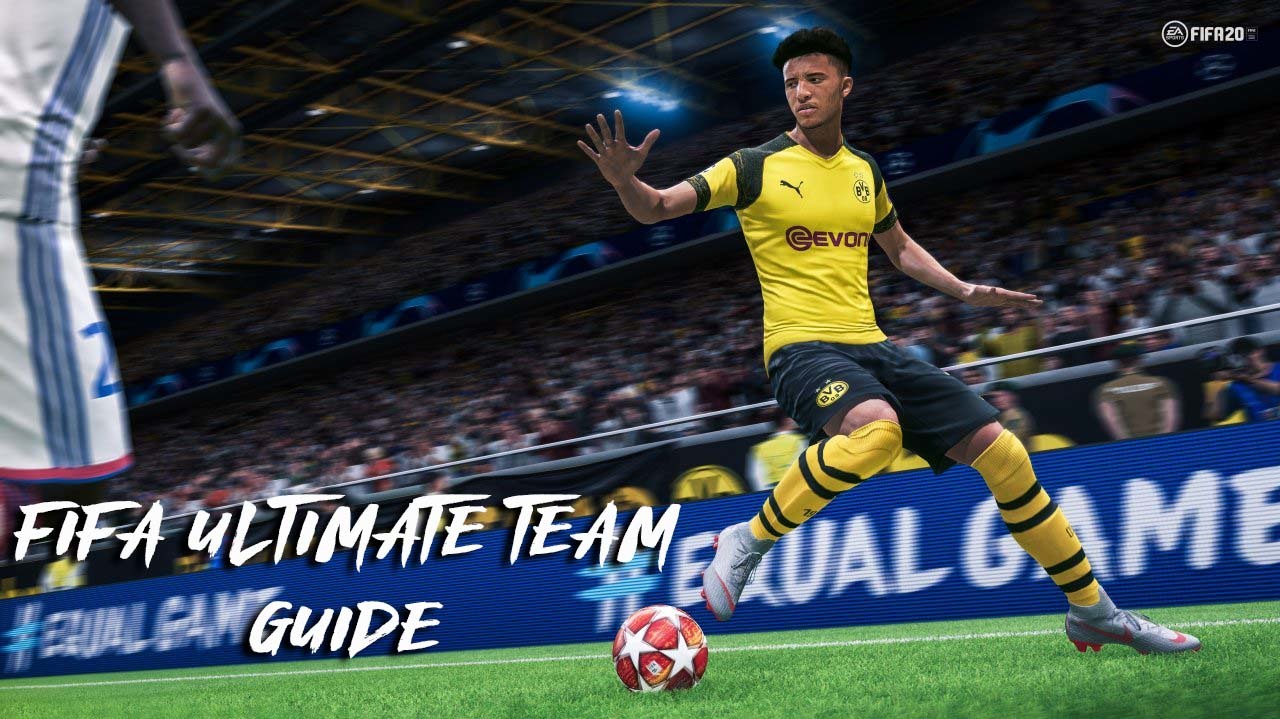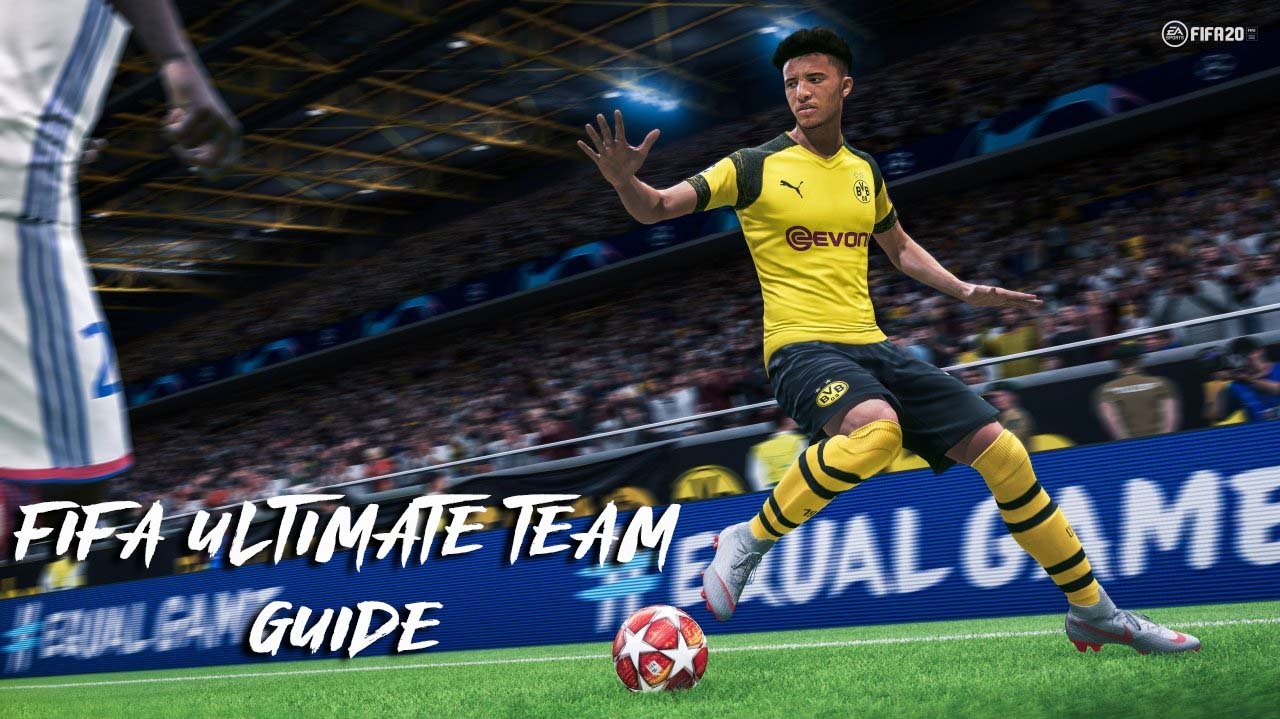
FIFA Ultimate Team (FUT) has been the most popular mode in FIFA for over a decade. How does it work? We’re here to tell you all about that. In part 2 of our beginner's guide we’ll go through building your first squad, how to deal with the transfer market and those first few games to get you started in FUT.
In the first part of our FUT Beginner's Guide, we laid down the basics and clarified what it’s all about and what has to be considered when building your team. In part 2 of our beginner's guide we’ll go through building your first squad, how to deal with the transfer market and those first few games to get you started in FUT.
FUT: What kind of team do you want?
We have already revealed how the team chemistry works. In the FUT mode of FIFA 20 everything starts with the creation of your own team. If you navigate to the FIFA Ultimate Team in the main menu for the first time, you will be asked to create your own club and add a team name and logo. The first team is given free of charge from the game - including home and away jersey and club emblem of course.
But before you do that, you should know what kind of team you want to build in FUT 20. Do you concentrate on a specific league, such as the German Bundesliga? Do you decide on one nation? Or do you venture directly into a hybrid team from several leagues? This decision is not final because you can chop and change players at a later time, but we recommend sticking to a specific league in the beginning.
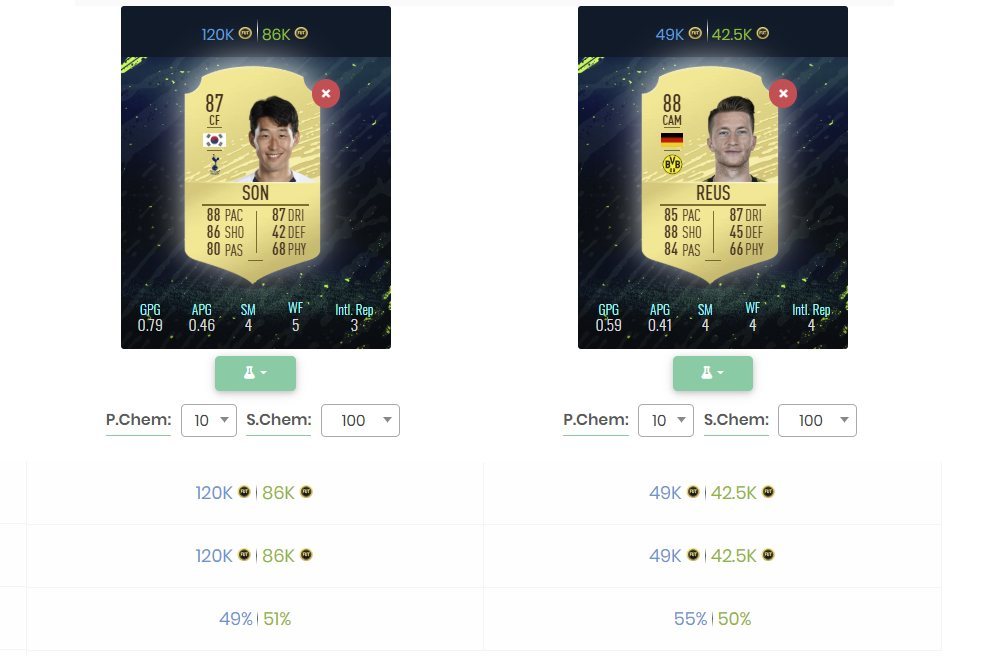
It's best to start with a team from the Bundesliga or the Italian Serie A as there are many top class players at a low price. The English Premier League and the Spanish La Liga are much more expensive due to their mass popularity. We know you want Messi and Salah, but we don’t always get what we want.
Values, map types and meta of FIFA 20
Every player in FIFA 20 has a card in FIFA Ultimate Team. The lower divisions receive a bronze card, middle divisions – silver cards and the top leagues and players gold cards.
The values of each card are divided into 6 categories, which in turn are divided into further sub-categories. These are the same for each card, which is why players can be easily compared:
- Pace
- Shooting
- Passing
- Dribbling
- Defense
- Physicality
At the start of the season there are only regular cards but there are a myriad of other types of cards released throughout the season, including the weekly Team of the Week cards and special events such as Shapeshifters, FUT Birthday and Team of the Season.
Which values are important?
Specific rating value can vary a lot from FIFA to FIFA. For example, heading is among the least important stats in FIFA 20 as headed goals are nearly impossible in FIFA 20 because of gameplay changes. Unlike last year. So instead of big and physically strong forwards, this time smaller, lively dribblers dominate the meta.
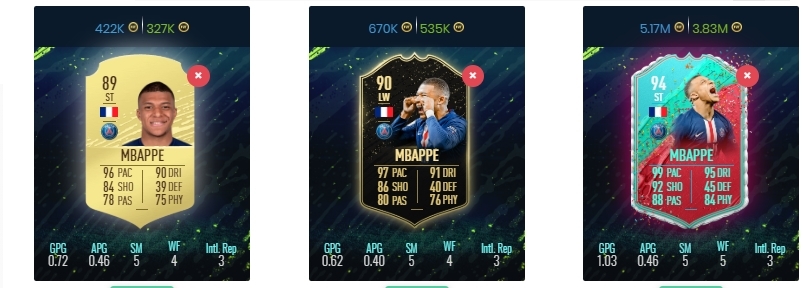
The most important values for offensive players in FIFA 20 are speed, dribbling (especially agility and balance), shooting and passing, while for defenders it’s defense and physicality – kind of predictable here.
Your first FUT games
Once you know where you want to go with your FUT team, it's off to the pitch. Among other things, the following game modes are available:
- Friendly game: In addition to the classic game, there are various fun modes to choose from, in which only volleys or long-range shots count, for example.
- Squad Battles: Here you compete against an AI-controlled team in a classic match.
- Division Rivals: Classic matches like in the Squad Battles, but online against other players.
- FUT Champions: Also known as Weekend League. Here, players compete in a maximum of 30 matches each weekend in order to climb the ranks and get higher quality rewards.
As a complete newcomer to the game, it is recommended that you first gain some playing experience with friendly matches. Squad Battles is the other obvious choice since the level of difficulty can be adjusted manually. The amount of FIFA coins you’ll receive for winning on “world class” difficulty is of course much higher than a “semi-pro” match, but as a beginner, you should strive for filling the bank bit by bit than losing again and again to a much tougher AI opponent.
There are weekly rewards in Squad Battles, which are paid out on Sunday night. With every game you collect points and thus rise in rank: the higher the rank, the better the rewards in the form of coins or card packs.
Division Rivals demands more right from the start. First of all, you have to complete five ranking games, with which the game determines your rank. Then FIFA 20 assigns a rank to you and makes sure that you always meet players who kick the ball at about the same level.
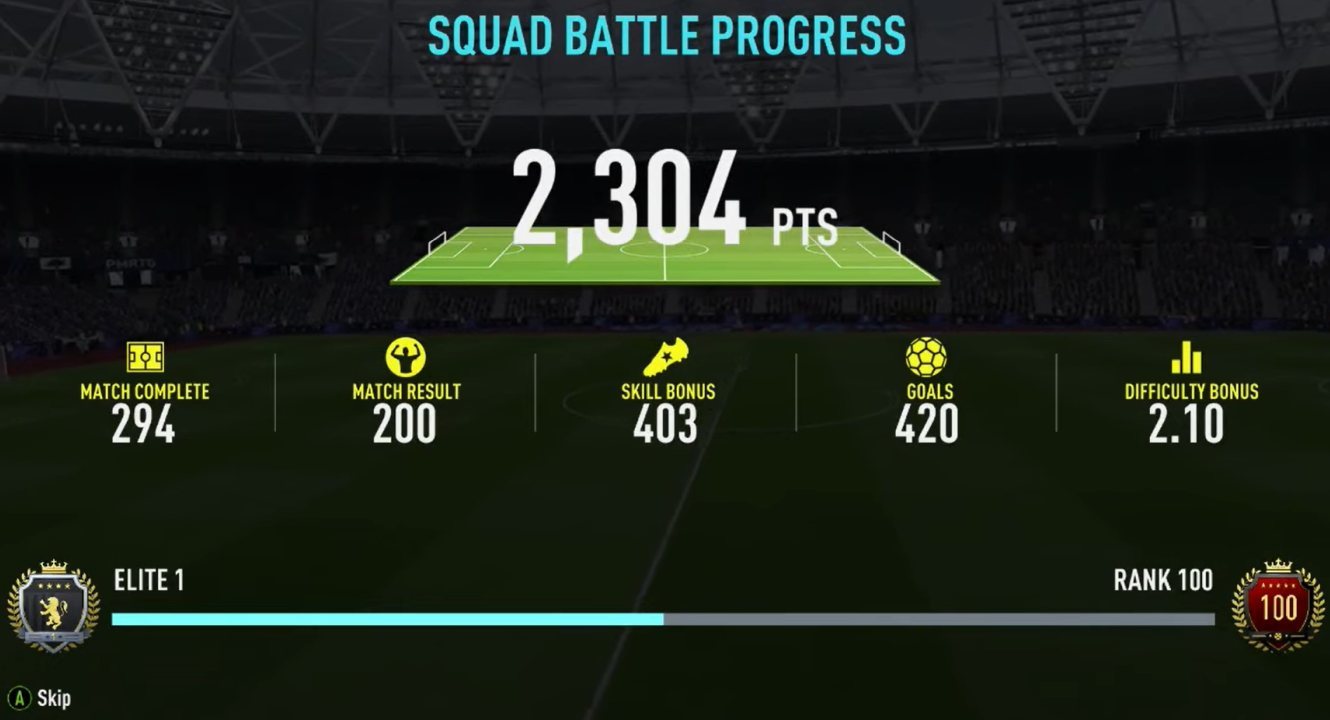
There are weekly rewards here as well – paid out every Thursday morning. These vary according to the division (there are 10) and weekly rank (1 to 5). Usually there are also three bonuses to choose from, such as coins or packs.
FUT Champions is mainly aimed at advanced players. In order to be eligible to participate at all, you need 2,000 FUT Champions points. Per week! These are available as a Division Rival reward.
Squad Building Challenges
Away from the games, the FUT mode in FIFA 20 comes up with the so-called Squad Building Challenges (SBC). These are smaller puzzle tasks, which with a little bit of skill will flush a lot of coins into your own cashbox or reward the efforts with a strong player.
Basically it is about exchanging players from your own club for new rewards like packs, coins and jerseys. Players that have been handed in are gone, which is why you should never use players from your own starting team or substitutes - unless the reward is a reinforcement on the respective position. Every SBC is initially associated with expenses. If you are clever, you not only get the invested coins back, but also make additional profit.
Here it is often worthwhile to have a look at community websites that deal specifically with FIFA Ultimate Team. Sites like FUTHead and FUTBIN not only inform about new maps, but also offer solutions to the SBCs.
The FUT transfer market madness
The best way to get coins in FUT 20 is without a doubt the transfer market. By acting cleverly, an enormous advantage can be gained here, which in the long run leads to a better team and a better chance at winning.
A couple of essential tips for the FUT transfer market:
1. Never quick-sale players
You open a pack and there are players in it that don't fit into your team and are not useful for any SBC. But you should never sell them via quick sale, because they are ALWAYS worth more on the transfer market.
2. Follow real-life football
Real sport has a huge impact on FIFA Ultimate Team… at least if it doesn’t come to a standstill due to a global pandemic. A footballer playing out of his mind in the real world means the value of his FUT card will increase as well. Whoever buys the card during a running game (even in multiple copies) can sometimes make enormous profits. Especially if the player makes it into next week's Team of the Week.
Web and Companion App
There’s a useful web app for FIFA 20 on your browser and a companion app for your smartphone. From the management of your own club to the transfer market to SBCs and seasonal tasks, everything can be done without starting the game. And this is even more convenient than via the game. More information about the app can be found on the EA Sports homepage.
This FUT Beginner Guide should ease up your entry into the FIFA Ultimate Team world. For a little more info on how the FIFA market works, see what do FIFA coins and FIFA points are and how and when to use them.








